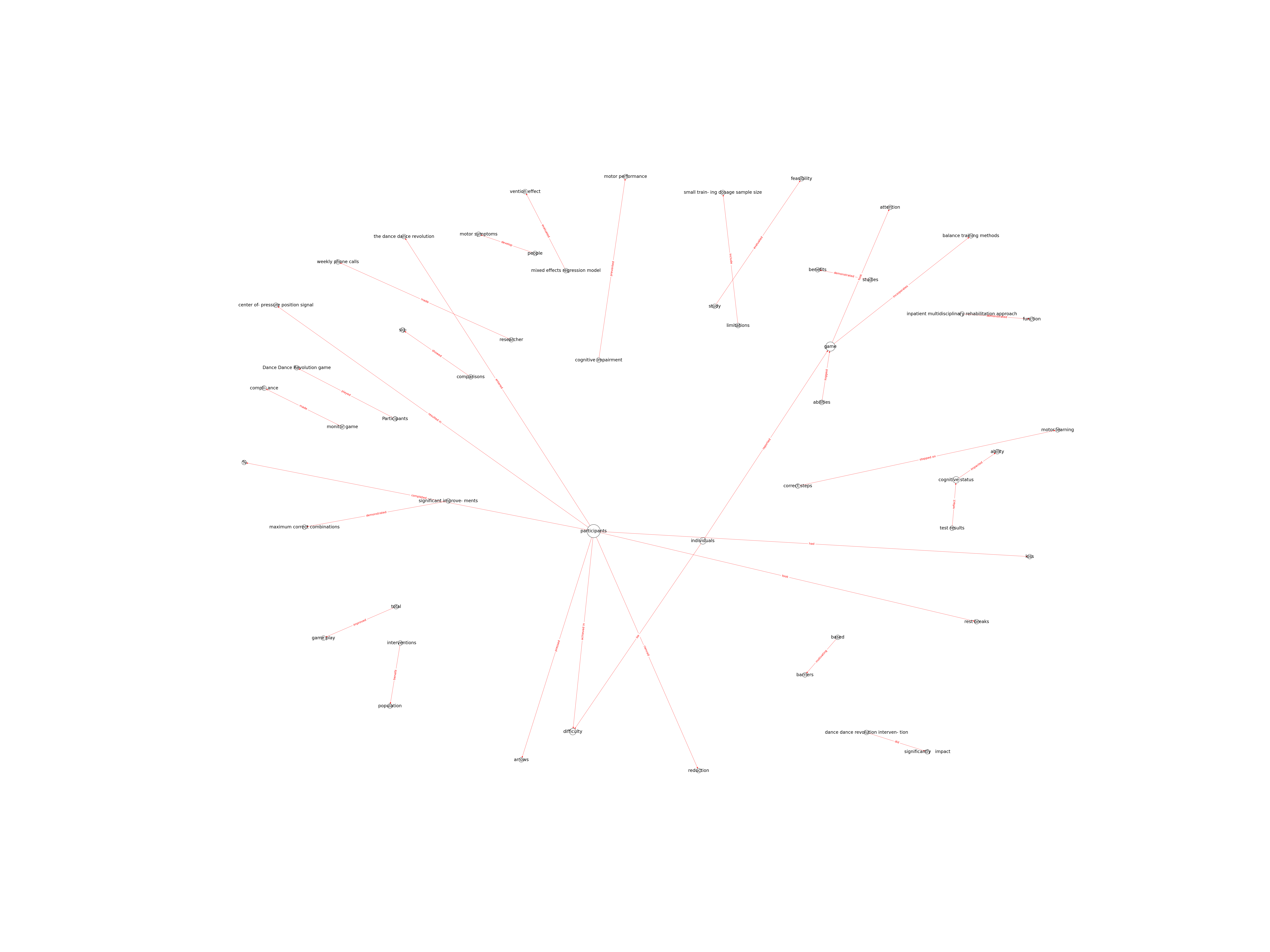| Id | 83 | |
| Author | Kloos, A., D.; Fritz, N., E.: Kostyk, S., K.; Young, G., S.; Kegelmeyer, D., A. | |
| Title | Video game play (Dance Dance Revolution) as a potential exercise therapy in Huntington’s disease: a controlled clinical trial. | |
| Reference | Kloos, A. D., Fritz, N. E., Kostyk, S. K., Young, G. S., & Kegelmeyer, D. A. (2013). Video game play (Dance Dance Revolution) as a potential exercise therapy in Huntington’s disease: a controlled clinical trial. Clinical rehabilitation, 27(11), 972-982. |
|
| Keywords | Huntington disease; video game play; balance; gait; exercise |
|
| Link to article | https://doi.org/10.1177/0269215513487235 |
|
| Abstract | To investigate the feasibility, acceptability, and safety of a supervised video game exercise program administered via Dance Dance Revolution in individuals with Huntington’s disease. Design: A cross-over, controlled, single-blinded, six-week trial. Setting: Home-based. Participants: Eighteen ambulatory individuals with Huntington’s disease (seven male, mean age 50.7 SD 14.7). Interventions: Participants played the Dance Dance Revolution game with supervision and the handheld game without supervision for 45 minutes, two days per week for six weeks. |
|
| Metodology | Participants played the Dance Dance Revolution game with supervision and the handheld game without supervision for 45 minutes, two days per week for six weeks.To determine feasibility (ability to play game, adherence), game play success was measured by the difficulty of songs played as determined by foot placement patterns, step interval time, and by skill-level measures provided by the Dance Dance Revolution software, including number of correct steps for a given song and maximum combinations (i.e. longest string of correct steps without a misstep within one song). Adherence was measured by the numbers of individuals who completed all treatment sessions. Acceptability was examined by asking participants at study end whether they liked or were challenged by the game, and if they would consider continuing game play. Safety was examined through monitoring of heart rate and blood pressure, and adverse health changes (falls, excessive fatigue, vital signs outside American College of Sports Medicine guidelines) before and after each Dance Dance Revolution game play session. Forward spatiotemporal gait parameters (comfortable speed) were assessed using a 4.9-m computerized GAITRite (CIR Systems, Inc, Haverton, PA) system. GAITRite measures are reliable in Huntington’s disease. To measure gait maneuverability, spatiotemporal gait parameters were assessed during forward and backward walking, and while avoiding three obstacles (i.e. upright tube to step around, foam roll to step over, and low-hanging bar to duck under) placed 1 m apart on the GAITRite walkway (per Lowrey et al. protocol). Forward and backward gait parameter variability was measured by calculating coefficients of variation. Individual step measures were averaged across three walkway trials. The Four-Square Step Test and the Tinetti Mobility Test measured dynamic balance and mobility. The Four-Square Step Test requires rapid multidirectional stepping over a cane and predicts falls in the elderly. The Tinetti Mobility Test consists of balance and gait subscales with higher scores indicating better performance. It is reliable and predicts falls among those with Parkinson’s disease and Huntington’s disease.The Activities-Specific Balance Confidence Scale is reliable and valid in elderly and neurological populations. Individuals rate their balance confidence from 1–10 on 16 tasks; higher scores indicate greater confidence and lower fall risk. Quality of life was measured with the World Health Organization Quality of Life – Bref (WHOQOL-Bref) assessment. Responses on 26 items are on a five-point scale (from 1 = very dissatisfied to 5 = very satisfied). The WHOQOL-Bref has good reliability and validity.27,28 |
Technique | Four-Square Step Test; Tinetti Mobility Test; Activities-Specific Balance Confidence Scale; World Health Organization Quality of Life – Bref; GAITRite |

Note: Due to lack of computing power, results have been previously created and saved in database


